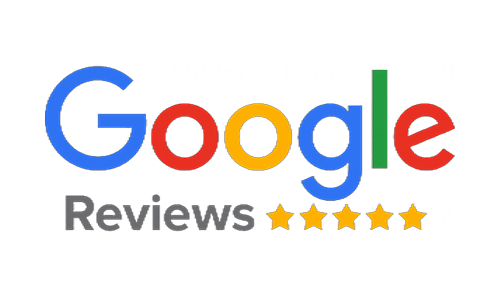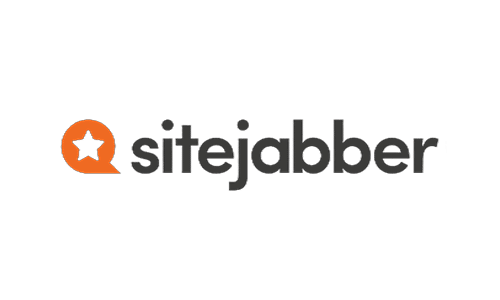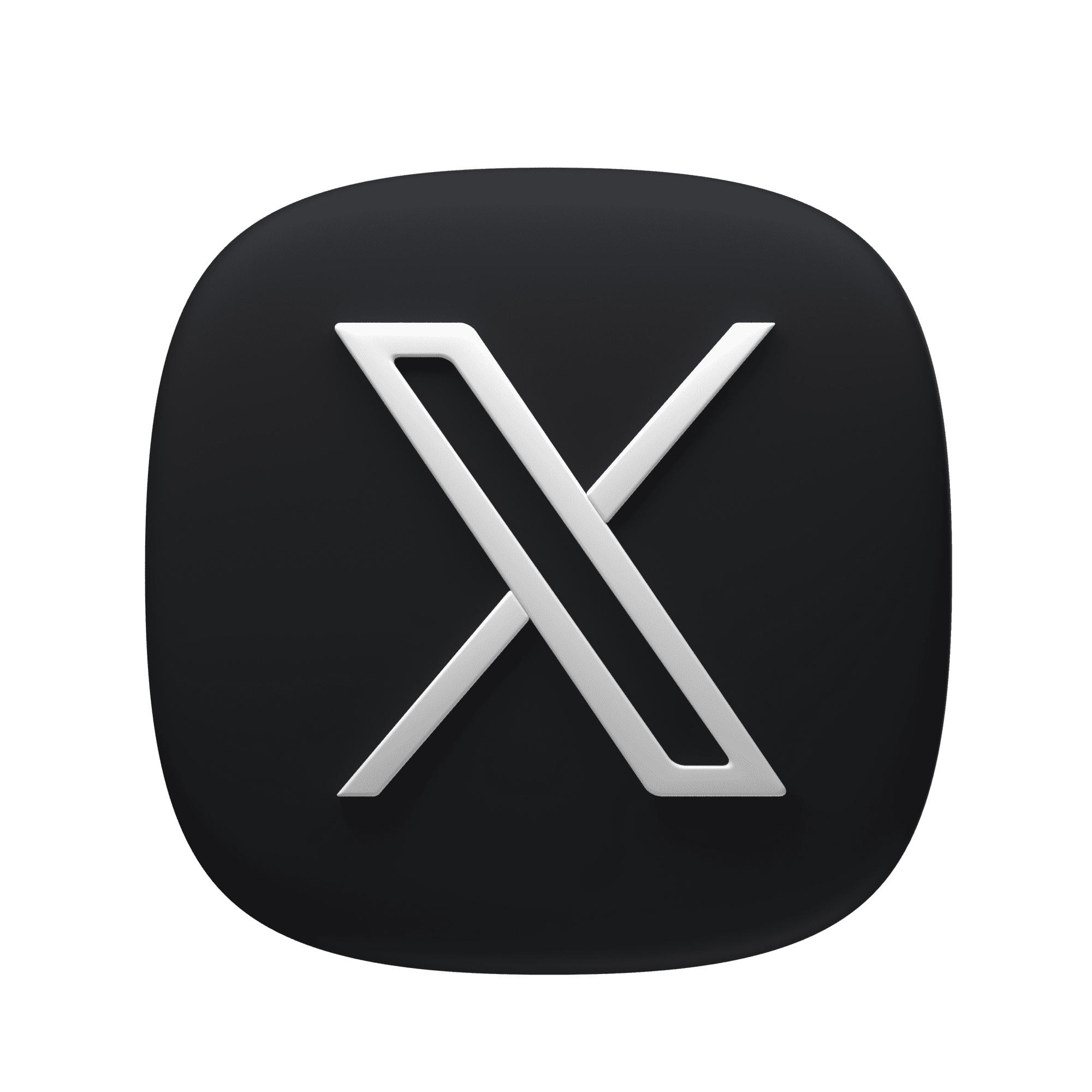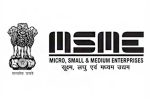Introduction
Content marketing is a strategic marketing approach focused on creating. And distributing valuable, relevant. And consistent content to attract and retain a clearly defined audience and ultimately drive profitable customer action.
Blog Posts
A blog post is a written article published on a website, typically written in a casual or conversational tone. They are great for educating your audience, building your brand. And driving traffic to your website. It is the most common form of content marketing.
To create an effective blog post, start by identifying a topic that will be of interest to your audience.
Conduct research on the topic to gather supporting information and examples.
Create an outline of your post, including an introduction, several main points, and a conclusion. Use subheadings to break up the content and make it easier to read.
When writing your post. Use a conversational tone and keep sentences and paragraphs relatively short. Use images and other visual elements to break up the text and make the post more engaging.
Before publishing your post, proofread it carefully for errors and ensure that it is optimized for search engines by including relevant keywords and Meta descriptions.
Lastly, promote your post on social media and other channels to drive traffic to your website and encourage engagement.
Infographics
Infographics are visual representations of data or information. They are great for breaking down complex information and making it more easily digestible for your audience.
To create an effective infographic, start by identifying the main message or concept that you want to communicate.
Choose relevant data or information that supports your message, and use design elements such as color, typography, and images to visually represent the information.
When designing your infographic, keep in mind the visual hierarchy of information, using size and color to draw attention to the most important points. Use icons and illustrations to help explain concepts and break up large blocks of text.
Once your infographic is designed, it is important to promote it on social media and other channels to maximize its reach and impact. Include a call-to-action that encourages viewers to share the infographic or visit your website for more information. Infographics are the latest trends in content marketing.
Videos
Videos are a great way to engage with your audience and provide a more interactive experience. They can be used to showcase your products or services, provide tutorials or how-to guides, or share customer success stories.
To create an effective video, start by identifying the purpose of your video and the message you want to convey. Develop a script or outline that outlines the key points you want to make, and consider using visuals such as animation, live action footage, or stock footage to illustrate your points.
When filming your video, make sure to use good lighting and sound equipment to ensure that the video looks and sounds professional. Use a clear and engaging speaking voice, and consider using music or sound effects to enhance the viewer’s experience.
Once your video is complete, it is important to optimize it for search engines by including relevant keywords in the title and description. Promote your video on social media and other channels to maximize its reach and impact. Earlier content was limited to text but at least after pandemic it has no boundaries and therefore it also widely used as a tool of content marketing.
Images
Images can certainly be a valuable source of content. Visual content can help to break up text and make content more engaging and memorable. Depending on the type of content you are creating, images can be used to illustrate concepts, showcase products, or evoke emotions.
When used effectively, images can also enhance the SEO (search engine optimization) of your content. By including relevant and high-quality images, you can make your content more appealing to readers and increase the likelihood that it will be shared and linked to on other websites.
E-Books
Ebooks are longer-form content pieces that provide in-depth information on a particular topic. They are great for generating leads and establishing your brand as a thought leader in your industry.
To create an effective ebook, start by identifying the purpose of your ebook and the audience you are targeting. Develop a clear outline that outlines the key points you want to make and the chapters or sections you will include.
When writing your ebook, make sure to use clear and concise language that is easy to read and understand. Use formatting such as headings, bullet points, and images to break up large blocks of text and make the ebook visually appealing.
Once your ebook is complete, it is important to design a professional-looking cover that reflects the content and tone of the ebook. Promote your ebook on your website, social media, and other channels to maximize its reach and impact.
Case Studies
Case studies are in-depth stories about how your products or services have helped a specific customer or client. They are great for showcasing your success stories and building trust with your audience.
To create a compelling case study, start by selecting a relevant and interesting topic that aligns with your business or marketing goals. Choose a specific situation or problem that illustrates your topic, and gather all relevant data and information.
When writing your case study, use a clear and structured format that includes an introduction, background information, analysis, and conclusion. Use relevant data, statistics, and examples to support your analysis and make your case study more compelling.
It is also important to highlight the key takeaways or lessons learned from your case study, and to present your findings in an engaging and easy-to-read format. Consider using graphics, images, and charts to help illustrate your points and make your case study more visually appealing.
Podcasts
Podcasts are audio recordings that can be downloaded and listened to at any time. They are great for building relationships with your audience and providing educational or informative content.
To create a successful podcast, start by identifying a topic or theme that you are passionate about and that will resonate with your target audience. Choose a format that works well for your topic, such as interviews, solo discussions, or a combination of both.
When recording your podcast, make sure to use high-quality equipment and sound editing software to ensure a clear and professional sound. It is also important to prepare and organize your content in advance, and to create a structured format that includes an introduction, main content, and conclusion.
Once you have recorded your podcast episodes, it’s important to distribute and promote them effectively. Publish your podcasts on popular platforms such as iTunes, Spotify, or SoundCloud, and promote them on social media and other channels to reach a wider audience.
Social Media Posts
SM posts are short messages, images, or videos that are published on social media platforms to engage with and inform followers. These platforms such as Facebook, Twitter, Instagram, LinkedIn, and TikTok offer different formats for posting content, so it’s important to understand the best practices for each platform.
To create effective social media posts, start by identifying your target audience and determining the type of content that will resonate with them. You can use social media analytics tools to gather insights on your audience and track the performance of your posts.
When creating your posts, focus on creating engaging and visually appealing content that is relevant to your audience’s interests. Use eye-catching visuals, such as high-quality images or videos, and write short, concise captions that convey your message clearly and effectively.
It’s also important to consider the timing and frequency of your posts. Post at times when your audience is most active, and avoid posting too frequently or infrequently. You can use social media scheduling tools to plan and automate your posts in advance.
Finally, engage with your followers by responding to comments and messages, and encourage them to share your posts with their own networks. By following these best practices, you can create social media posts that build your brand, engage your audience, and drive results for your business.
Whitepapers
White papers are typically research-based reports that delve into a particular topic in-depth. They are often used by businesses and organizations to share their expertise and knowledge with their audience and establish themselves as thought leaders in their industry.
White papers can cover a wide range of topics, from industry trends and best practices to new technologies and products. They are typically written in a formal and authoritative style and can be used to educate readers, offer solutions to common problems, or provide insights into a particular issue.
One of the main benefits of producing a white paper is that it can help to establish your brand as an authority in your industry. By sharing your expertise and knowledge on a particular topic, you can build trust and credibility with your audience and position your business as a go-to source of information.
Webinars
Webinars are live or pre-recorded video presentations or workshops delivered over the internet. They typically involve a speaker or panel of speakers presenting information or leading a discussion on a specific topic. And may include interactive features such as polls, Q&A sessions, and chat rooms. Webinars can be accessed by participants from anywhere with an internet connection. Making them a convenient way to learn and engage with others.
Webinars are commonly used by businesses and organizations for a variety of purposes, including training, marketing, and lead generation. They are also popular in the education sector, where they can be used to supplement traditional classroom instruction or provide remote learning opportunities. Some webinars are free, while others may require payment or registration.
Interactive Content
Interactive content includes quizzes, surveys, assessments. And other content types that require audience participation. They are great for engaging with your audience and providing a more personalized experience.
To use these content types effectively. It’s important to understand your audience and what types of content they are most interested in. You should also have a clear goal in mind for each piece of content and track your results to ensure that you are achieving your objectives.




















